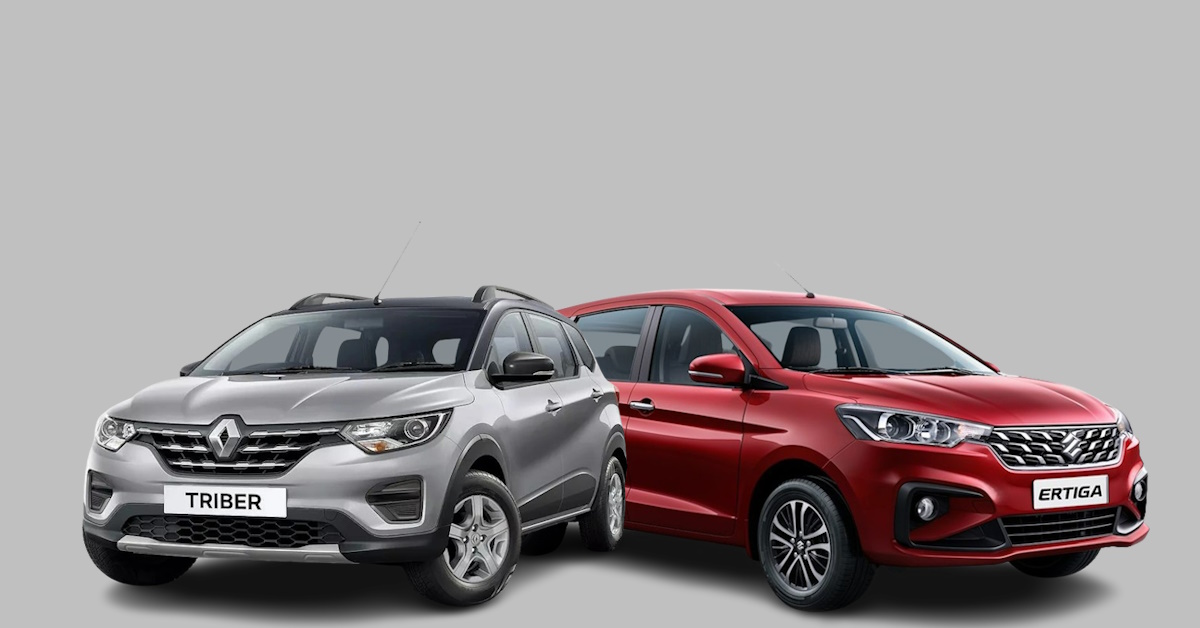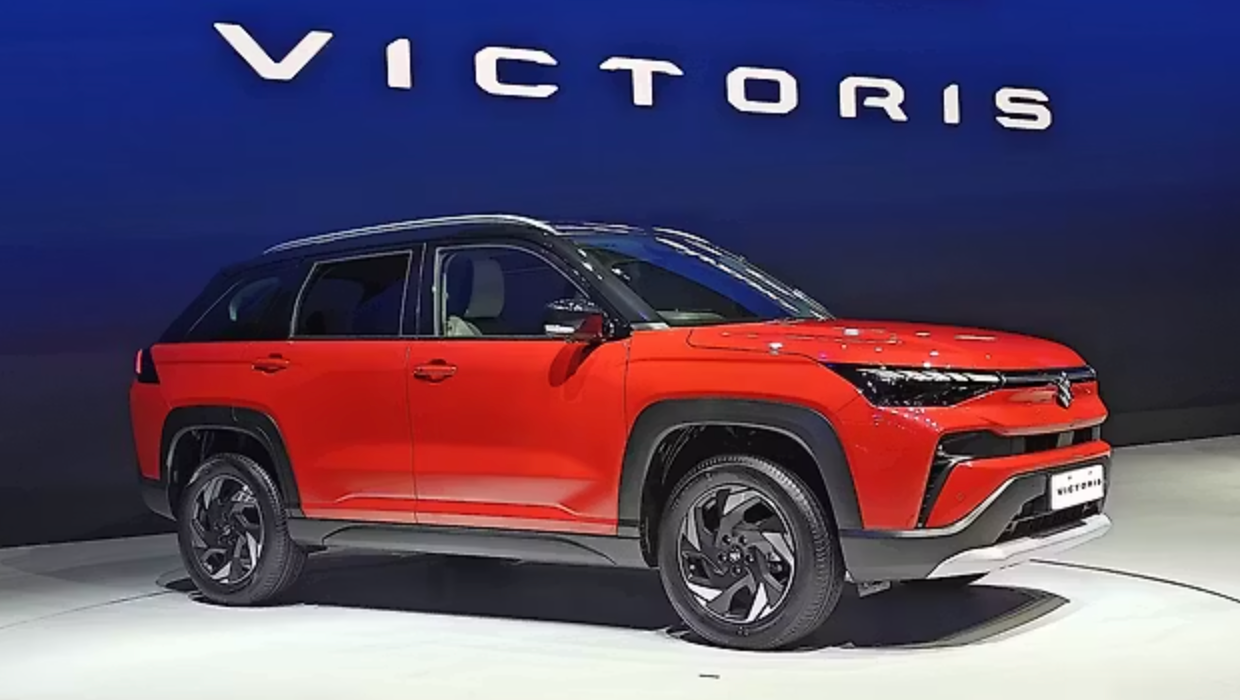Maruti Ertiga and Renault Triber: A Safety Scorecard
The recent Global NCAP crash tests have cast a shadow over the safety credentials of two popular Indian MPVs, the Maruti Ertiga and Renault Triber. While both models have previously undergone crash tests under older protocols, the new results paint a concerning picture of their occupant protection capabilities.

A Drastic Decline in Safety Ratings
The Maruti Ertiga and Renault Triber have experienced a significant drop in their safety ratings when subjected to the more stringent Global NCAP crash tests. The Ertiga, which had secured a respectable 3-star rating in previous tests, plummeted to a dismal 1-star rating in the latest assessment. Similarly, the Triber’s rating dropped from 4 stars to 2 stars, highlighting the stark difference in safety standards between the old and new protocols.
Unraveling the Test Results
To understand the implications of these ratings, it’s crucial to delve into the specific test parameters and outcomes. Both models were evaluated based on adult occupant protection (AOP) and child occupant protection (COP).
Adult Occupant Protection
Under the old protocols, both the Ertiga and Triber offered reasonable head and neck protection for both driver and passenger. However, chest protection was a concern, especially for the Triber, which scored lower in this area. The footwell area also exhibited weaknesses in both models.
The new protocols introduced more stringent side impact tests, which exposed vulnerabilities in both MPVs. While head and pelvis protection improved, chest protection remained a significant issue, particularly for the Triber.
Child Occupant Protection
Child occupant protection was inconsistent across both models and test protocols. The Ertiga offered better head protection for the three-year-old child but failed to adequately protect the 18-month-old. The Triber, on the other hand, provided better protection for the younger child but failed to safeguard the older child’s head.
Safety Features: A Basic Package
Both the Ertiga and Triber come equipped with essential safety features such as dual front airbags, ABS with EBD, and ISOFIX child seat anchors. However, the absence of electronic stability control (ESC) in the Triber is a notable omission, as this feature significantly enhances vehicle stability and reduces the risk of accidents.
A Call for Improvement
The disappointing performance of the Maruti Ertiga and Renault Triber in the latest Global NCAP crash tests underscores the urgent need for enhanced safety standards in the Indian automotive industry. Consumers have the right to expect vehicles that prioritize occupant protection, and manufacturers must respond by incorporating advanced safety technologies into their models.
As the automotive landscape evolves, it is imperative that Indian carmakers prioritize safety as a core pillar of their product development. By investing in research and development, and by adhering to stringent global safety standards, the Indian auto industry can strive to build safer cars for its consumers.
FAQs:
Q: How did the Maruti Ertiga and Renault Triber perform in the latest Global NCAP crash tests?
A: Both the Ertiga and Triber received poor ratings in the latest Global NCAP crash tests, with the Ertiga scoring 1 star and the Triber scoring 2 stars.
Q: What are the key safety features missing in the Maruti Ertiga and Renault Triber?
A: Both models lack electronic stability control (ESC), which is a crucial safety feature.
Q: What can be done to improve the safety of Indian cars?
A: Indian car manufacturers need to prioritize safety by investing in research and development, and by adopting stricter safety standards.




